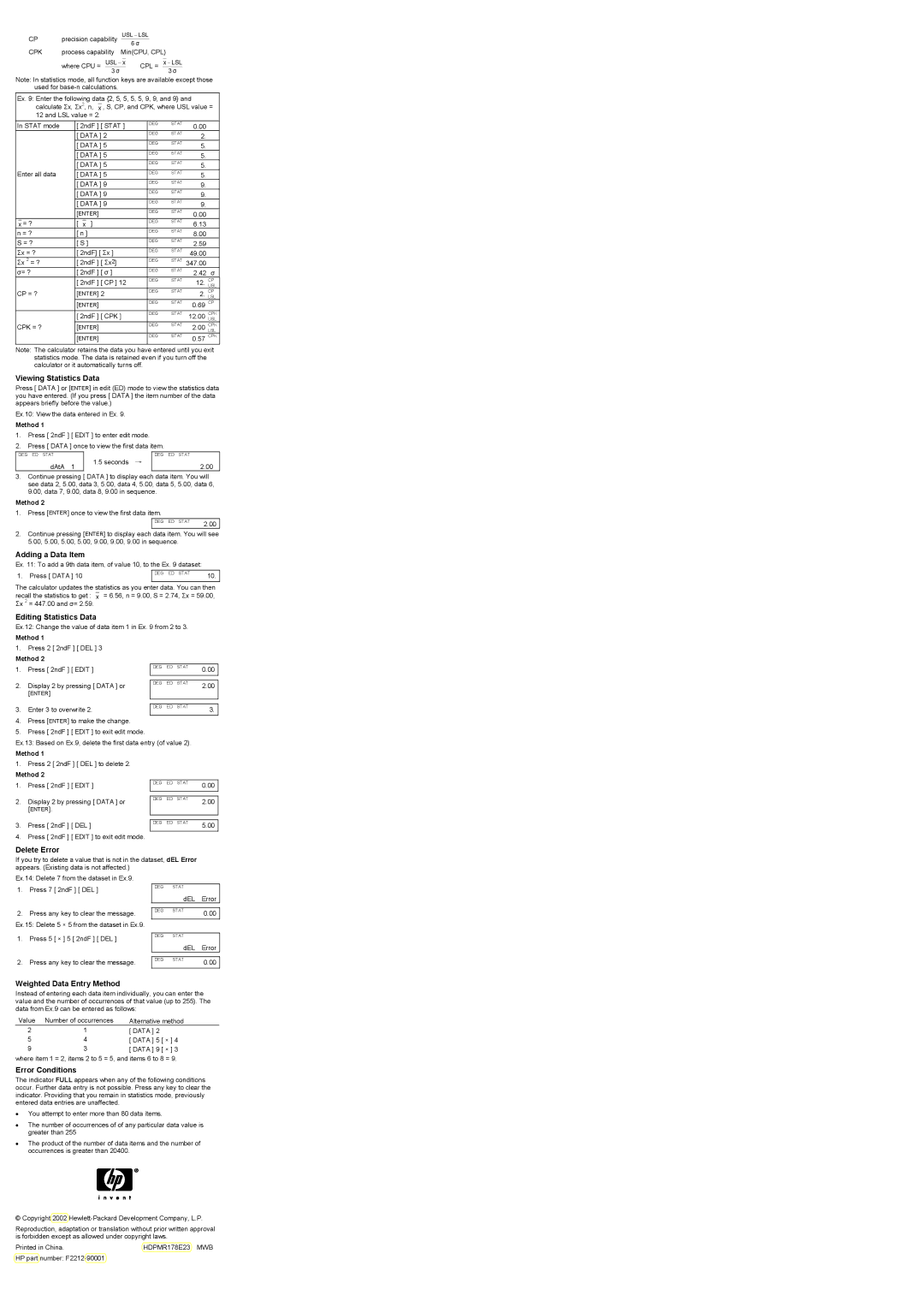scientific specifications
HP Scientific, a division of the renowned tech giant Hewlett-Packard, focuses on delivering high-performance computing solutions tailored for scientific research and advanced analytics. This division has made a significant impact in various sectors, including life sciences, environmental research, and engineering simulations, by providing tools and technologies that enable researchers to push the boundaries of discovery.One of the main features of HP Scientific products is their powerful computing capabilities. This includes high-performance workstations and servers that leverage the latest processors and graphic technology. With the ability to handle complex calculations and large datasets, these systems are designed to meet the rigorous demands of scientific applications. Many models are equipped with cutting-edge, multi-core processors, which enhance parallel processing, allowing for faster simulation and analysis.
Interoperability is another key characteristic of HP Scientific products. They support a range of operating systems and software, ensuring that researchers can integrate existing tools and applications seamlessly. This flexibility allows institutions to maintain their preferred workflows while benefiting from HP’s advanced hardware. The division also offers scalable solutions, which means users can easily upgrade their systems as their computational needs grow.
HP Scientific also places a strong emphasis on data visualization technologies. With powerful graphic capabilities, users can create detailed visual representations of complex datasets and simulations. This feature is particularly valuable in fields such as genomics, where visualizing large amounts of genetic data can lead to insights that drive breakthroughs in research.
Sustainability is another priority for HP Scientific. The company is committed to reducing the environmental impact of its products by implementing eco-friendly manufacturing processes and designing energy-efficient systems. This commitment resonates with modern research institutions that prioritize sustainability in their operational practices.
In addition to hardware, HP Scientific provides extensive support and services tailored to the needs of scientific researchers. This includes training, consulting, and robust customer service to ensure that users can maximize the potential of their systems.
Overall, HP Scientific stands at the forefront of delivering innovative computing solutions that empower scientific research. With a strong focus on high performance, interoperability, data visualization, and sustainability, the division continues to support the pursuits of researchers, enabling them to make significant advancements in their respective fields.

